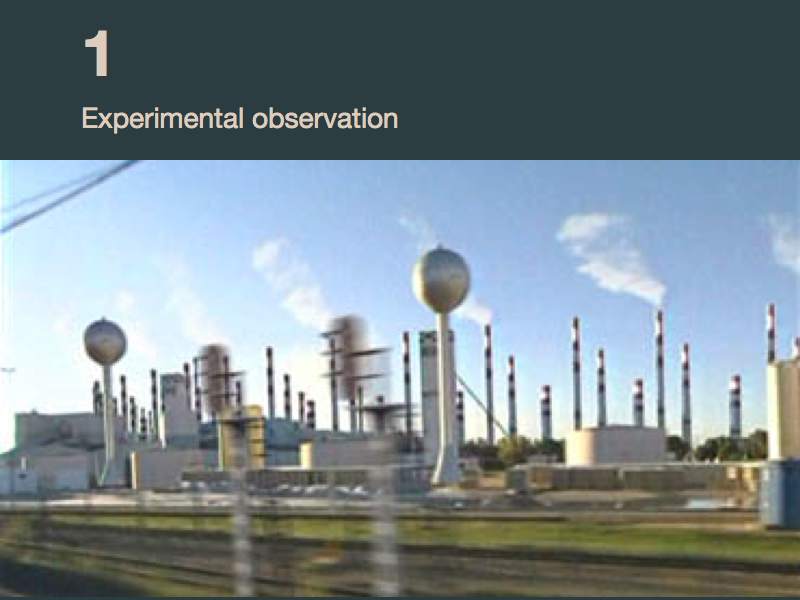From Pixels to Plastic
So let’s start with experimental observation, to show this works.
One example would be a perspex photocopier, so you could see it work. That would be cool.
But another, perhaps more practical, would be to think about what it means for say, your home washing machine to understand that we like watching things, and we like setting initial conditions for a long run-through.
Given that, why not treat it like a music player. The different programmes (my washer has about 20 different programs, each of which can vary in temperature) could be put together on a graphic equaliser, like on the front of a stereo. While the machine is working, it could have a visualiser playing over the front.
If you really like, we could have the machine remember a bunch of measured parameters (weight of clothes, dirtiness of water in the run-off, time of week), and ask you your satisfaction at the end of the wash. it could then help you evolve towards the perfect settings.
In fact, now I think of it, and this is what i mean about design inspiration, why doesn’t my mp3 player already do that? or my home stereo system: why doesn’t it have a training mode, where it continually polls me for how good I’m feeling about the music set-up, and changes the equaliser settings using genetic algorithms to evolve my preferred settings for the particular room I’m in?
This is what I mean about coming up with products, so now let’s move onto the next one.
